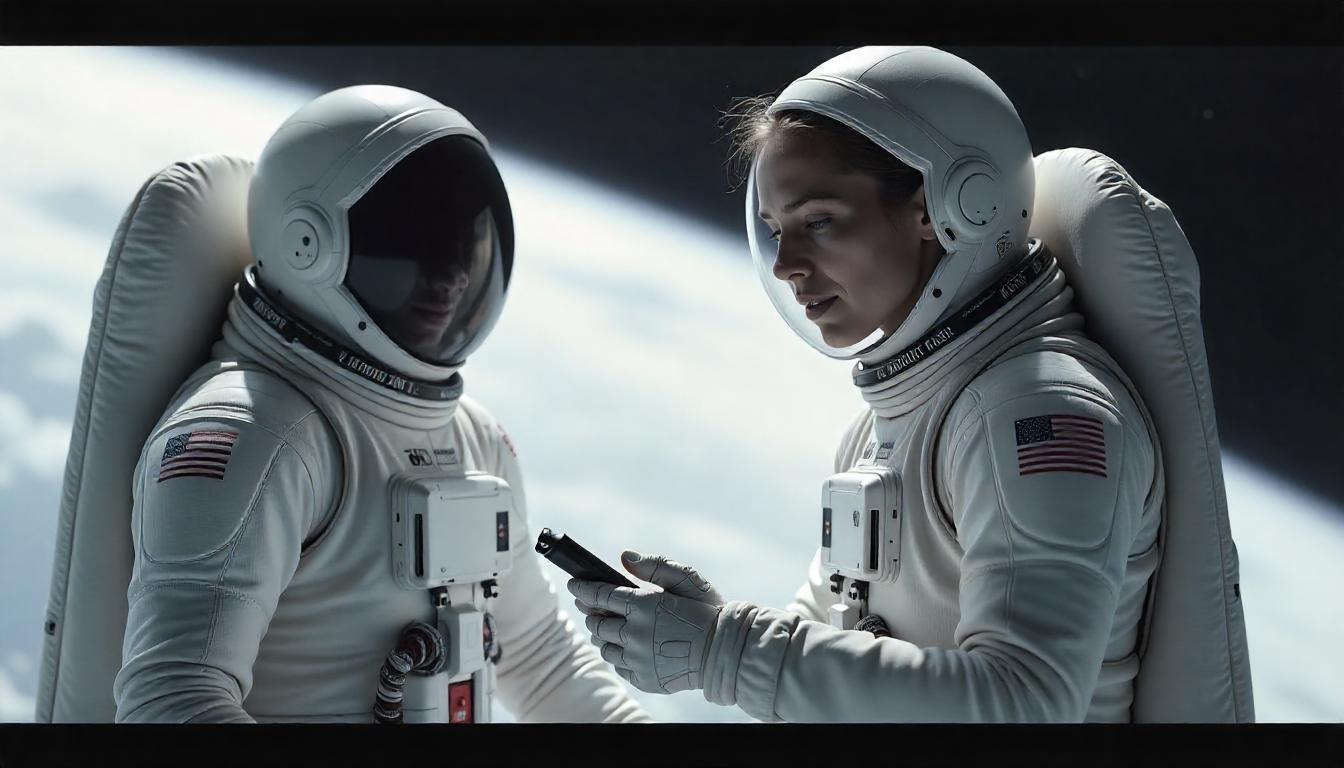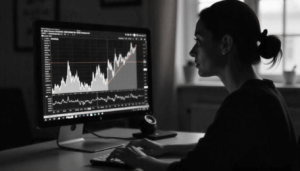How AI Sees: Exploring the World of Computer Vision
Computer Vision: How AI Learns to See and Understand the World
Artificial Intelligence has already mastered reading and writing—but one of its most remarkable abilities is learning how to see. Enter Computer Vision, a powerful technology enabling machines to interpret visual information from the world around them.
From unlocking your smartphone with your face to powering advanced safety features in cars, Computer Vision is transforming everyday life and entire industries. Let’s explore what Computer Vision is, how it works, and why it’s such a game-changer in modern technology.
What Is Computer Vision?
Computer Vision is a field of AI focused on teaching computers how to analyze and understand images and videos.
While humans effortlessly recognize objects, people, and scenes, computers see images as a grid of numbers representing colors and brightness. Computer Vision helps machines make sense of these pixels and identify what’s in an image—whether it’s a cat, a traffic sign, or a person’s face.
It’s all about giving machines the ability to “see” and, more importantly, understand what they’re seeing.
How Computer Vision Works
Teaching machines to see isn’t as simple as showing them pictures—it requires complex processes and powerful algorithms. Here’s how it typically works:
1. Capturing Images
Cameras or sensors collect visual data—photos, video, or live streams.
2. Preprocessing
Images are adjusted for quality, removing noise, improving brightness, and sharpening details so the data is clean and usable.
3. Feature Extraction
The AI identifies patterns such as edges, shapes, colors, and textures that help distinguish different objects.
4. Object Recognition and Classification
Using trained models, the system determines what’s in the image. Is it a dog or a cat? A stop sign or a streetlight?
5. Analysis and Action
Once the AI understands what it sees, it can take action—like tagging a friend in a photo, warning a driver of a pedestrian, or diagnosing a medical image.
Everyday Applications of Computer Vision
Computer Vision is already woven into our daily routines in ways you might not realize. Here are some places you’ll find it:
🔐 Facial Recognition
Used for phone security, airport check-ins, and even smart doorbells that identify familiar faces.
🚙 Self-Driving Cars
Autonomous vehicles rely on Computer Vision to detect other cars, pedestrians, and traffic signals, making real-time driving decisions.
🛒 Retail Technology
Stores use Computer Vision for managing inventory, preventing theft, and creating seamless checkout experiences.
🏥 Medical Diagnostics
AI analyzes X-rays, MRIs, and other medical images to help doctors detect diseases more accurately and quickly.
🎭 Social Media Filters
Face filters on apps like Snapchat and Instagram track your facial movements and apply fun effects—all thanks to Computer Vision.
Why Computer Vision Matters
Giving machines the power of sight is about more than recognizing objects—it’s about allowing technology to interact intelligently with the world. Benefits include:
- Speeding up decision-making processes
- Improving safety in fields like healthcare and transportation
- Reducing human error in repetitive tasks
- Enabling creative and innovative new applications
Industries from agriculture to entertainment are embracing Computer Vision to work smarter and deliver better results.
Challenges Facing Computer Vision
Despite impressive progress, Computer Vision still has obstacles to overcome:
- Variations in lighting, angles, and environments can confuse systems.
- Bias in training data can lead to unfair or inaccurate results.
- Privacy concerns are rising, especially with facial recognition technology.
- Real-time image analysis demands significant computing power.
Researchers are constantly working to refine algorithms and improve fairness, accuracy, and efficiency.
The Future of Computer Vision
Looking ahead, Computer Vision promises even more exciting developments:
- Smarter robots capable of navigating complex spaces
- Real-time translation of signs and text via smartphone cameras
- Enhanced augmented reality (AR) experiences
- Sustainable applications, like monitoring crops for early signs of disease
As technology advances, machines will not only see the world—they’ll understand it on deeper levels, opening new doors for innovation.
Final Thoughts
Computer Vision stands at the heart of AI’s ability to connect the digital world with the physical one. It’s transforming industries, simplifying daily tasks, and creating opportunities we’ve only begun to imagine.
So, the next time your phone unlocks with a glance or an app scans and recognizes objects, remember—it’s Computer Vision making it all possible.
Curious about AI and how it’s shaping our world? Subscribe to our blog for regular insights, tech news, and in-depth articles exploring the future of artificial intelligence.
Share this content:













